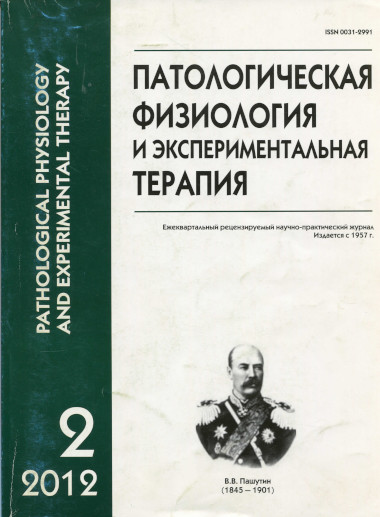Effect of vagosyimpathetic block on the central hemolymphodynamic and regional hemodinamic in lesser circulation
Abstract
Our experimental study was undertaken to determine the effect of bilateral novocaine vagosympathetic block (VSB) on central hemolymphodynamic and regional hemodinamic in lesser circulation. Follow-up period lasted for 4 hours. No statistically significant arterial pressure changes were detected. Stadies of stroke index (SI) and general peripheral vascular resistance (GPVR) changes indentified the development of two responses: (1) a 60% SI decline and PVR increase were accompanied with elevation (mean 37%) of volumetric lymph flow rate within 15—30 min following VSB; (2) there was only a 40% SI elevation and GPVR decline. Rheopulmographic findings detected the reduction of volumetric pulmonary blood flow following VSB, and the decline of both pulmonary tissue-filling and venous bed capasity demonstrated by a significant fall of diastolic wave amplitude within 30 min following VSB. Histologic findings verified the reduction in pulmonary blood-filling following VSB.






